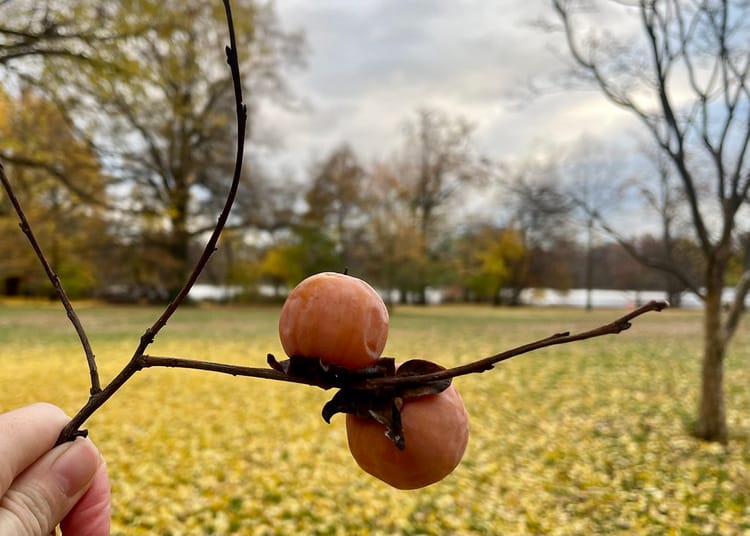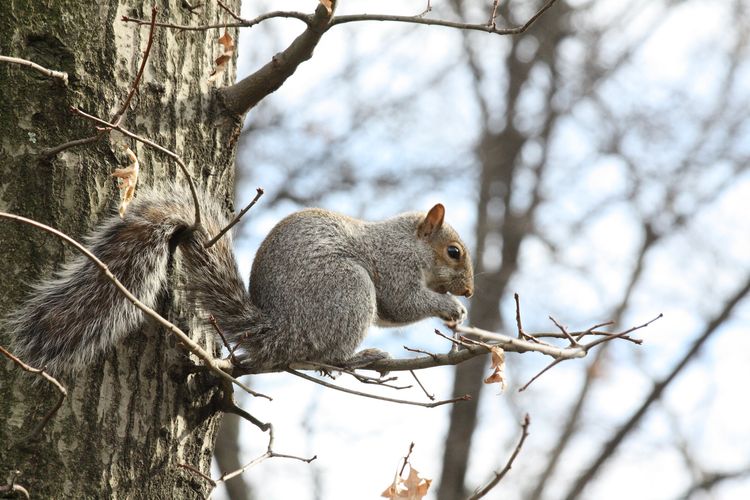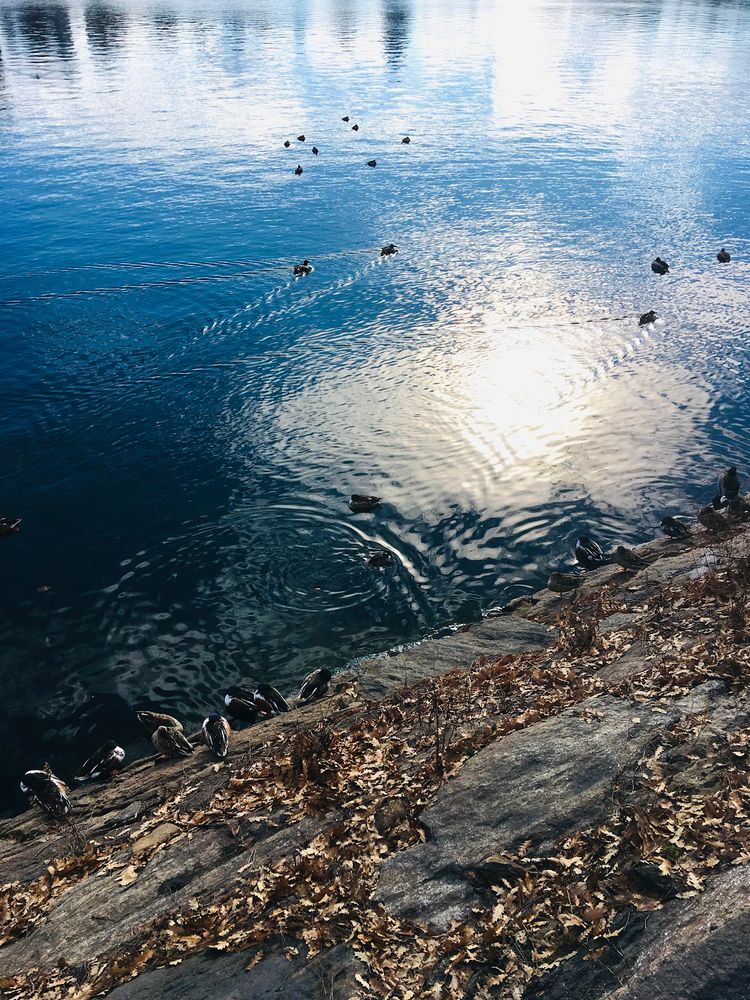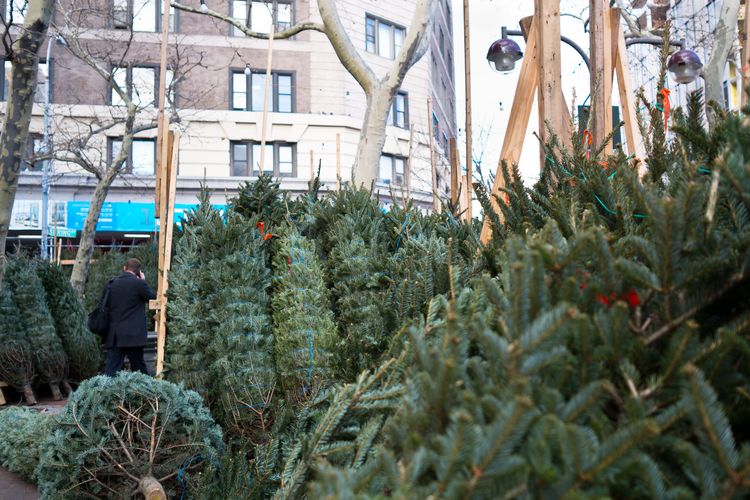The Hazardous Fall of the Osage Oranges

The fruit of the Osage orange tree—also called a hedge apple—was likely eaten by some extinct megafauna that once lumbered across the United States and has since disappeared into the fossil record. Now the spherical fruits with their bright green, brain-like texture are largely ignored by the animals, and cause a hazard to people when they fall in autumn. Softball-sized and abundant, they can bruise a head as they tumble and create quite a scene on the ground where they land; the weathered old Osage elm on Prospect Park’s Nethermead—its dual trunks braced by metal bars—sometimes gets a ring of caution tape to protect passersby.
The Osage orange is native to Arkansas, Oklahoma, and eastern Texas, where rows of the quick-growing tree were planted as living fences before barbed wire was widely available. Its name derives from its introduction into cultivation by seeds sent to Meriwether Lewis from the Osage Nation. There are cultivated examples of the tough tree around the city, from Central Park to Seguine Avenue on Staten Island. An especially gnarled specimen grows at the former Staten Island home of landscape architect Frederick Law Olmsted, designer of Central and Prospect Park.
Its bark has been used to make yellow dyes and there’s some folkloric belief in the fruits fending off pests. Pick one up. Smell its fresh citrusy scent. Think of how far many of the city’s trees have traveled from their homes and the windswept prairies where these trees with their knotted trunks once stood in long lines over the Great Plains.

- Are the Osage oranges completely useless to non-megafauna? Many have claimed over the years that the fruits are a natural repellent for spiders. Alas, scientific evidence on this is thin and it seems spiders actually love to weave their webs on the fallen fruit. Also certain spiders in the home can be a blessing as they eat nuisance pests like mosquitoes. So bring an Osage orange home for decoration if you like, the spiders will not mind!
- The color orange holds significance for NYC. The Knicks, the Mets, the Islanders, and the NYCFC all feature it as an official team color, adopted from our city’s flag. That orange is a nod to the Dutch flag of 1625 (which was, in turn, an homage to William I, Prince of Orange). The flags of Manhattan and the Bronx also feature Dutch orange, and an early Staten Island flag featured two orange seagulls facing one another (since replaced by an orange-free, patently inferior design).
- Another seasonal sphere dangles high above our fair city in Times Square. The New Year’s Eve Ball is quietly counting down the days and minutes until its celebrated drop. The current ball is made of 2,688 Waterford crystal triangles and weighs almost six tons. For 364 days of the year, it sits patient and motionless above One Times Square—once home to the NY Times (hence the name), but lately bereft of even its late-stage Walgreens. Any true New Yorker will be far from 42nd Street on New Year’s Eve, so you might as well take the time now to look up and notice it hovering above an empty tower clad in its LED armor of advertisements.




